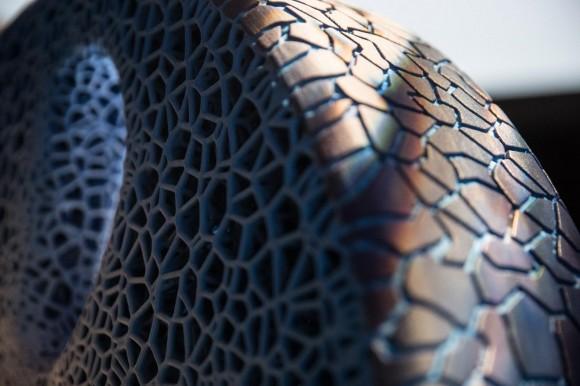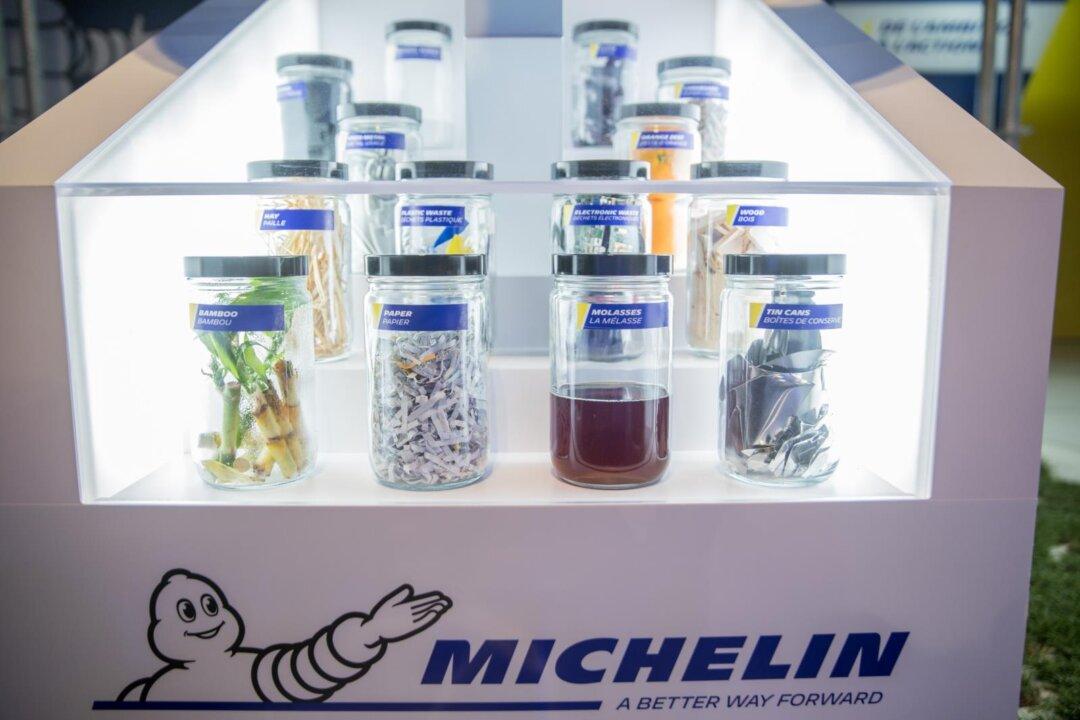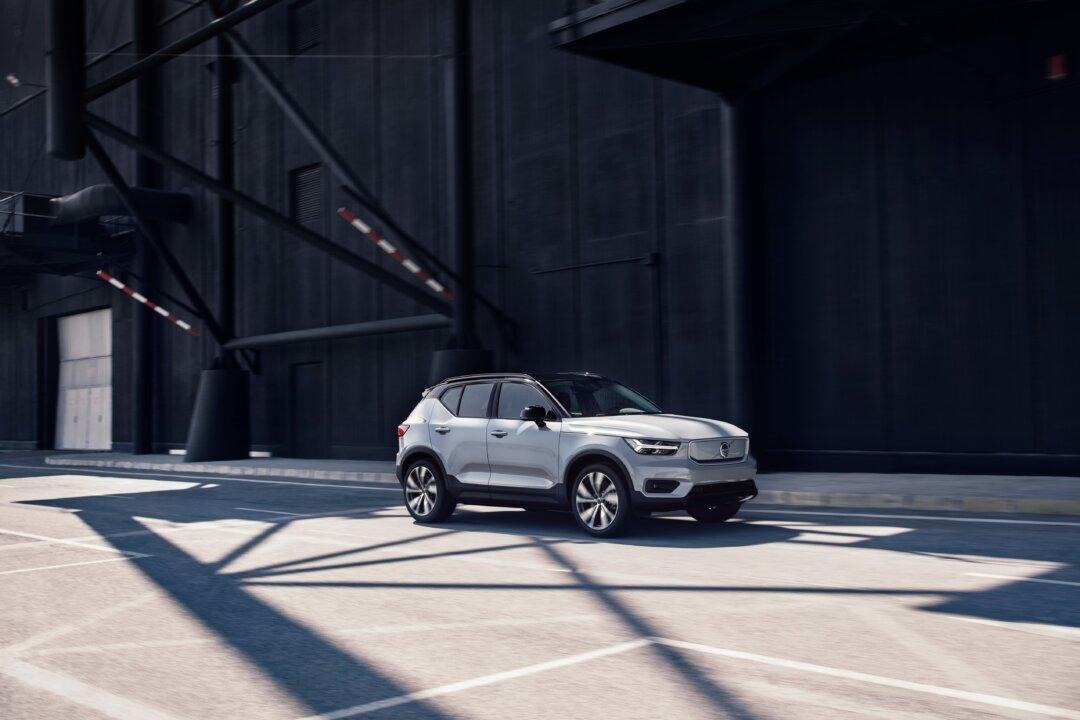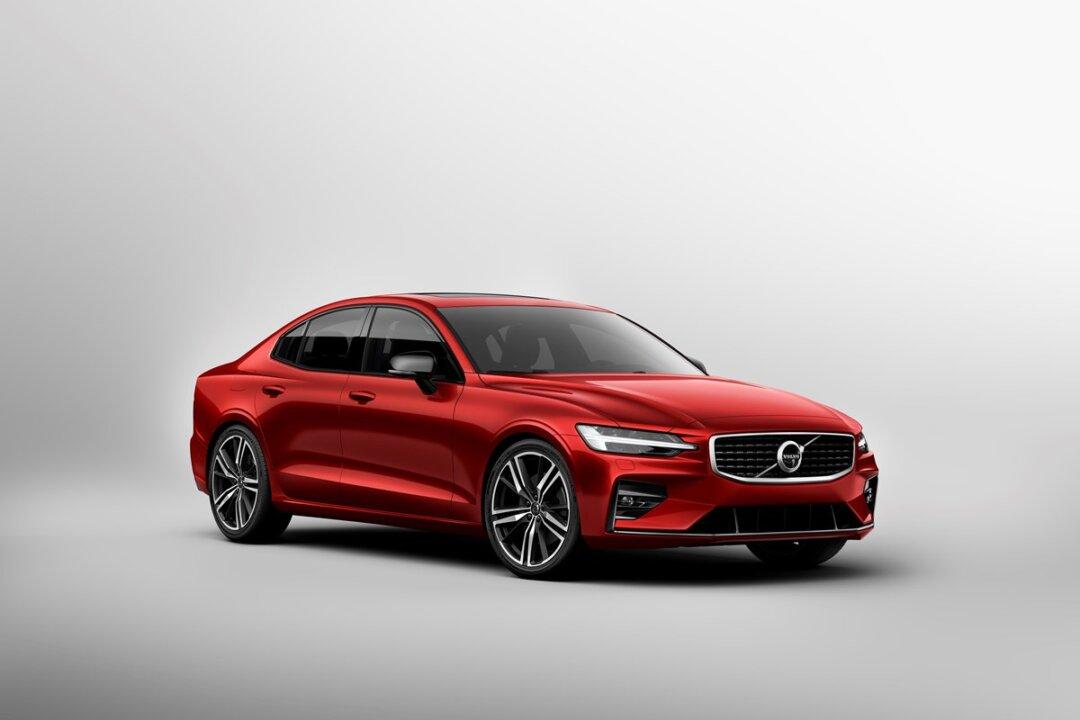MONTREAL, Quebec—Based on crude diagrams rendered on ancient clay tablets, the earliest known use of the essential invention we call the wheel, was likely a potter’s wheel that was used at Ur in Mesopotamia (part of what is now considered to be modern-day Iraq) as early as 3500 BC. As a tool, likely crude, barrow like conveyances were used to move items from A to B—all by sheer brute force and the immutable laws of physics. The first use of the wheel for transportation was probably on Mesopotamian chariots in 3200 BC.
So as you can see, wheels have been a part of our lives for quite some time. As you may well imagine, the very first wheels were remarkably crude, yet managed to make the tasks they were used much easier. Some consider the wheel to be one of the most important inventions ever.
As man developed and time passed, wheels became the foundation of and integral to society. There are few things where the premise of a wheel or a wheel-like object is far from any individual’s everyday usage.





